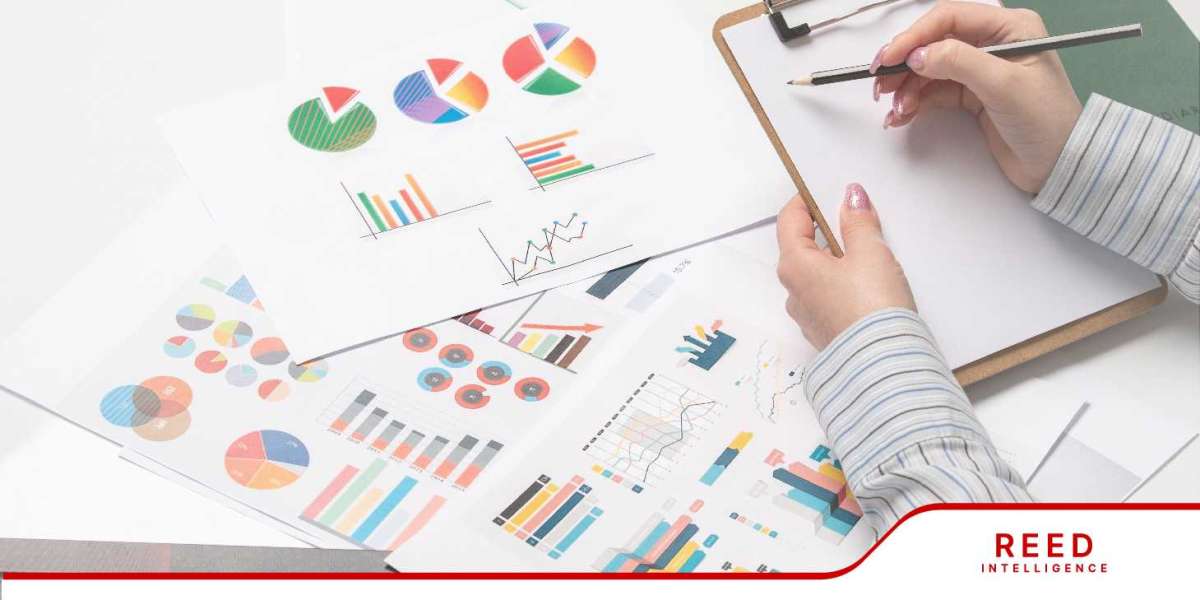Imagine a world where your daily work involves brainstorming with a smart machine that crunches numbers faster than any person could, while you bring the creative spark that ties it all together. That's the kind of future many experts are pointing toward when they talk about artificial intelligence reshaping how we earn a living. As someone who's followed these developments closely, I see this not as a distant dream but as a shift already underway. We stand at a crossroads where human ingenuity pairs with AI capabilities to drive growth, and the question isn't if this will happen, but how deeply it will transform our global systems.
In this article, we'll look at the current landscape, the advantages, real examples, potential pitfalls, and what lies ahead, all while considering if these collaborations truly form the backbone of tomorrow's prosperity.
AI's Growing Footprint in Modern Workplaces
Right now, artificial intelligence integrates into countless sectors, from manufacturing to finance, often in ways that feel seamless. Companies adopt these tools to handle repetitive tasks, analyze vast datasets, and even predict trends. For instance, in the United States, businesses have poured billions into AI, expecting it to contribute significantly to GDP by the end of this decade. Globally, projections suggest AI could add trillions to the world economy, with advanced economies leading the charge due to their infrastructure and skilled workforces. However, developing regions might lag unless they invest in digital access and training.
They say AI excels at processing information at speeds humans can't match, but it lacks the intuition we bring to complex problems. This complementary dynamic already shows in everyday applications. Think about how recommendation algorithms on streaming services learn from your preferences to suggest content—they rely on human data inputs to refine their outputs. Similarly, in healthcare, AI scans medical images for anomalies, but doctors make the final calls based on patient context. As a result, productivity climbs, allowing teams to focus on higher-value activities.
Of course, this integration isn't uniform. Some industries move faster than others. In tech hubs like Silicon Valley, AI tools are standard, while in traditional farming communities, adoption comes slower. But even there, drones and predictive software help optimize crop yields. Consequently, we're seeing a ripple effect: jobs evolve rather than vanish entirely, with new roles emerging around managing these systems.
Current Ways Humans and AI Team Up Effectively
Today, the most successful setups involve humans guiding AI, ensuring outputs align with real-world needs. In creative fields, for example, designers use AI to generate initial concepts, then refine them with their artistic vision. This back-and-forth creates efficiencies that solo efforts couldn't achieve. Likewise, in customer service, AI chatbots handle routine inquiries, freeing agents for more nuanced interactions.
One standout area is data analysis. AI sifts through mountains of information, spotting patterns that might escape human notice. But we interpret those findings, applying ethical considerations or strategic insights. In comparison to past technologies like the internet, which connected people globally, AI connects minds with machines, amplifying collective intelligence.
Specifically, in research and development, scientists partner with AI to simulate experiments, saving time and resources. Although initial setups require oversight, the results often lead to breakthroughs. Meanwhile, in education, AI tutors adapt lessons to individual students, but teachers provide the motivational push. Thus, these partnerships not only boost output but also foster innovation.
Clear Advantages from Combining Strengths
When humans and AI join forces, the gains are hard to ignore. Productivity surges as machines take on tedious work, letting us tackle ambitious projects. For example, studies show that effective collaborations can increase creative output by over 50% in some tasks. Not only that, but decision-making improves with AI's unbiased data processing complementing our judgment.
Economically, this means faster growth. Businesses report higher revenues when they integrate AI thoughtfully, avoiding full automation pitfalls. In spite of concerns about job displacement, many find that these teams create more opportunities than they eliminate. However, the key lies in training: workers who learn to collaborate see wage increases, while those who don't risk falling behind.
Especially in global trade, AI optimizes supply chains, predicting disruptions before they occur. We benefit from reduced costs and quicker deliveries. Still, the human element ensures adaptability during unforeseen events, like geopolitical shifts. As a result, economies become more resilient.
- Increased Efficiency: AI handles volume, humans add quality control.
- Innovation Boost: Fresh ideas emerge from hybrid thinking.
- Cost Savings: Lower operational expenses free up capital for expansion.
- Scalability: Systems grow without proportional human hires.
Hence, these benefits position human-AI partnerships as a cornerstone for competitive edges.
Industry Examples Showing Real Progress
Look at finance, where AI algorithms detect fraud in real-time, but analysts investigate suspicious cases with their expertise. Banks like those partnering with AI firms report fewer losses and happier clients. In manufacturing, robots assemble products under human supervision, leading to precision and safety improvements.
Healthcare offers another compelling case. AI assists in diagnosing diseases from scans, but physicians incorporate patient histories for accurate treatments. This synergy has sped up drug discovery, as seen with tools like those accelerating research during global health crises. Even though AI provides predictions, doctors ensure empathetic care, maintaining trust.
In entertainment, streaming platforms use AI to personalize recommendations, but content creators craft the stories that resonate emotionally. They build on viewer data to refine narratives, creating hits that feel tailor-made. Admittedly, this raises questions about originality, but the results speak volumes in viewer engagement. A striking offshoot of this trend is the rise of the NSFW AI influencer, showing how digital personas can captivate audiences in ways traditional creators never could.
Transportation sees AI optimizing routes for delivery fleets, with drivers handling last-mile challenges. Companies like those in logistics report faster services and reduced emissions. In particular, autonomous vehicles still need human oversight for safety in complex urban settings.
Education transforms too, with AI grading assignments while teachers mentor students. This allows for more one-on-one time, enhancing learning outcomes. Clearly, these examples illustrate how partnerships drive sector-specific advancements.
Potential Challenges in This Evolving Landscape
Despite the promise, roadblocks exist. Privacy concerns arise when AI processes personal data, requiring robust safeguards. We must balance innovation with protection, or risk eroding public trust. In spite of technological advances, biases in AI training data can perpetuate inequalities if not addressed. The same issues appear in sensitive areas like AI porn, where unregulated use can blur consent boundaries and spark wider debates about responsibility.
Skill gaps pose another issue. Not everyone has access to training, widening divides between regions. Although governments invest in programs, progress varies. But with targeted efforts, we can bridge these.
Economically, initial costs deter small businesses from adopting AI. However, cloud-based solutions make entry easier. Still, over-reliance on AI could diminish human skills over time. Even though partnerships mitigate this, ongoing education remains vital.
- Ethical Dilemmas: Ensuring fair AI use across societies.
- Job Transitions: Supporting workers shifting roles.
- Technical Hurdles: Integrating systems without disruptions.
- Regulatory Needs: Creating frameworks for safe deployment.
Subsequently, addressing these ensures sustainable growth.
Expert Views on What's Coming Next
Experts forecast AI contributing massively to global GDP, potentially trillions by 2030. They envision economies where human-AI teams dominate, from agentic systems in offices to symbiotic collaborations in research. In the same way past revolutions like electricity transformed industries, AI will redefine value creation.
Obviously, advanced nations might reap more benefits initially, but global cooperation could spread gains. Meanwhile, predictions include new job categories, like AI ethicists or collaboration specialists. As a result, flexibility becomes key.
In particular, reports highlight the need for policies promoting inclusion. Without them, inequalities grow. Yet, optimistic scenarios see AI enabling universal basic services, freeing humans for fulfilling pursuits.
Getting Ready for Widespread Changes
To thrive, societies must prioritize education in AI literacy. We can start by updating curricula to include collaboration skills. Companies should offer reskilling programs, ensuring no one gets left behind.
Policy-wise, incentives for ethical AI development help. International standards prevent misuse while fostering innovation. Eventually, this builds a foundation where partnerships flourish.
Communities play a role too, sharing knowledge through forums and networks. Thus, collective preparation turns challenges into opportunities.
One aspect often overlooked is how AI enables emotional personalized conversations in therapy apps, where algorithms adapt to user moods but therapists provide genuine empathy.
A Shared Journey Toward Prosperity
In wrapping up, the evidence points strongly toward future economies centering on human-AI partnerships. We've seen the current integrations, the benefits, industry successes, and hurdles, all leading to expert-backed predictions of transformation. They—the AIs—bring unmatched efficiency, while we offer vision and heart. Their capabilities expand our reach, and together, they create systems more robust than either alone.
Of course, success depends on proactive steps. But if we navigate wisely, this era could usher in unprecedented abundance. So, as we move forward, let's commit to collaborations that honor both human spirit and technological prowess.




